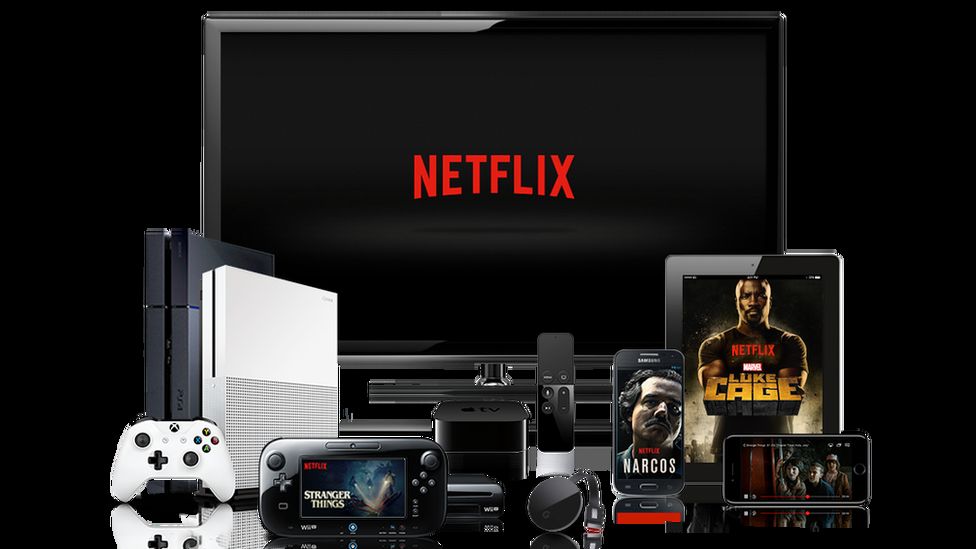seaflog.com – In the early 2000s, the concept of renting DVDs online seemed like a niche idea, far removed from the video rental giants of the time, such as Blockbuster. Yet, this was the foundation upon which Netflix was built, a company that would eventually revolutionize the way we consume media. The journey from a DVD rental service to becoming the streaming giant it is today is a testament to the power of innovation, adaptation, and foresight.
The DVD Rental Beginnings
Netflix was founded in 1997 by Reed Hastings and Marc Randolph. The initial idea was to create a service that would allow people to rent DVDs by mail, bypassing the need to visit a physical store. This was a novel concept at the time, as DVDs were just beginning to replace VHS tapes, and the internet was not yet widely used for commerce. Netflix’s model was simple yet revolutionary: subscribers would choose DVDs from an online catalog, and the discs would be sent to them via postal mail. Once watched, customers would return the DVDs in prepaid envelopes, and the next selection from their queue would be sent out.
The Transition to Streaming
The turning point for Netflix came with the rise of broadband internet. Recognizing the potential of streaming media, Netflix began offering a streaming service in 2007, initially as an add-on to its DVD rental business. This was a bold move, as it required significant investment in technology and licensing agreements with content providers. However, it proved to be a pivotal decision that would set Netflix on the path to dominance in the streaming market.
Streaming Supremacy
As the decade progressed, Netflix’s streaming service grew exponentially, both in terms of subscribers and the volume of content available. The company invested heavily in original programming, producing hit series such as “House of Cards,” “Orange Is the New Black,” and “Stranger Things,” which not only attracted viewers but also garnered critical acclaim and awards.
Netflix’s strategy of global expansion and its focus on personalization and recommendation algorithms further cemented its position as a leader in the streaming industry. By understanding and catering to the viewing habits of its subscribers, Netflix was able to create a highly engaging and personalized viewing experience.
Challenges and the Future
Despite its success, Netflix faces significant challenges. The streaming market has become increasingly crowded, with major players like Amazon Prime Video, Disney+, HBO Max, and Apple TV+ competing for viewers’ attention and subscription dollars. The cost of producing original content continues to rise, and the company must navigate the complex landscape of international markets and regulations.
Looking ahead, Netflix’s future will likely involve further innovation in content creation, distribution, and technology. The company has already begun exploring interactive content and virtual reality experiences, hinting at the potential for new forms of entertainment that could keep it at the forefront of the industry.
Conclusion
Netflix’s journey from a DVD rental service to becoming the streaming giant it is today is a remarkable story of innovation and adaptation. By anticipating and embracing the changing landscape of media consumption, Netflix has not only survived but thrived, setting new standards for the industry. As the streaming wars continue to heat up, Netflix’s ability to evolve and meet the demands of its global audience will be key to maintaining its position at the top.
